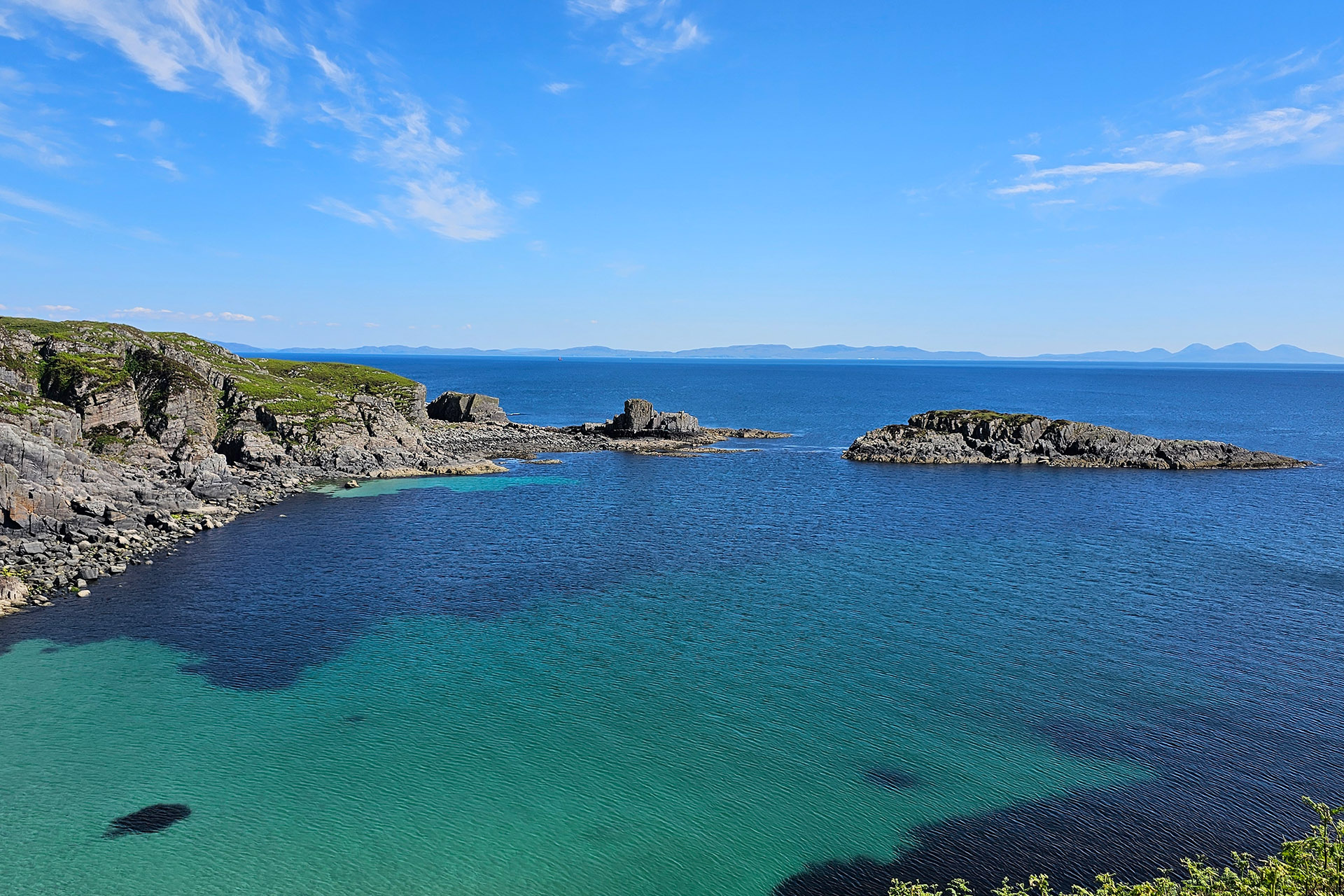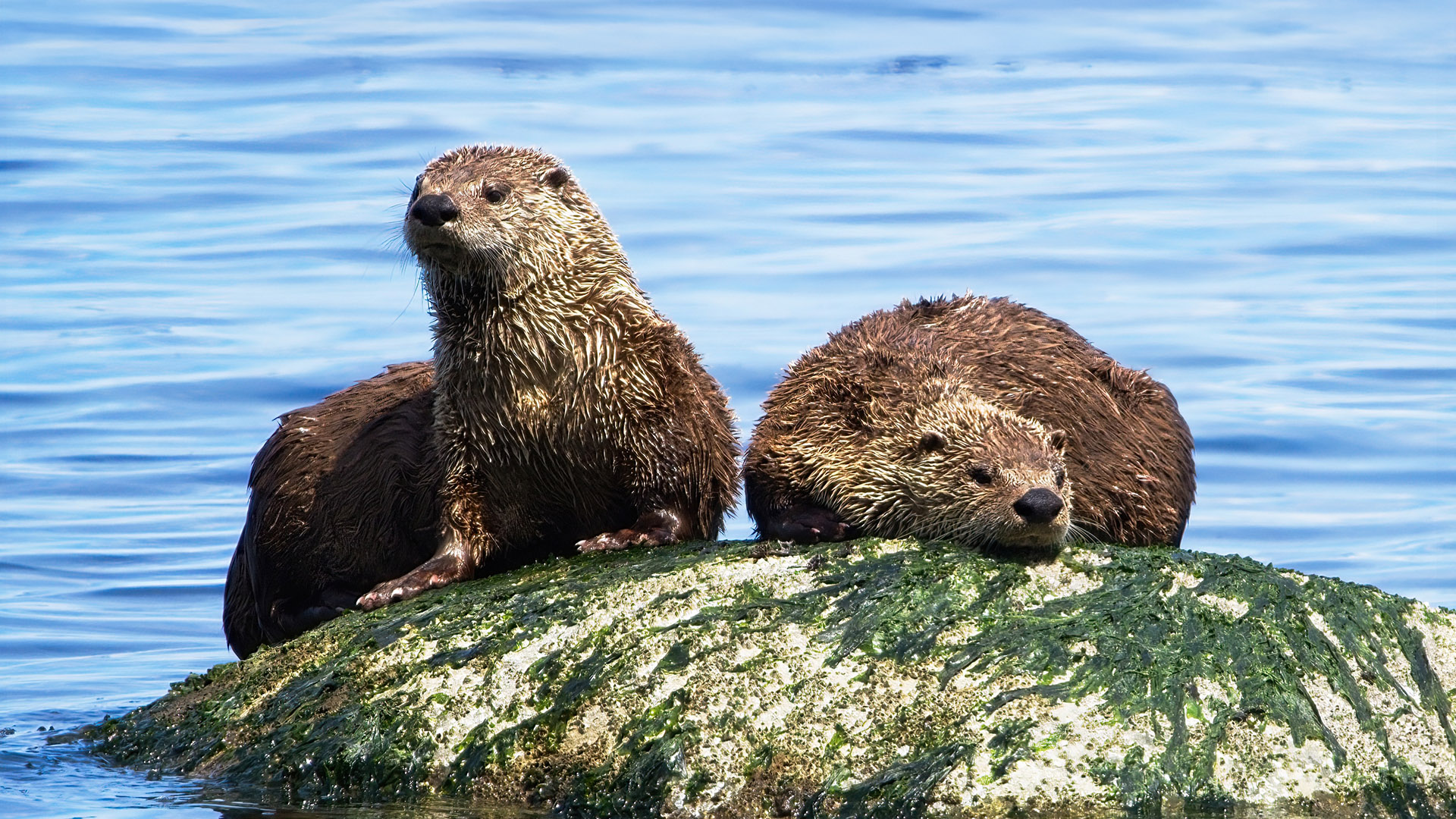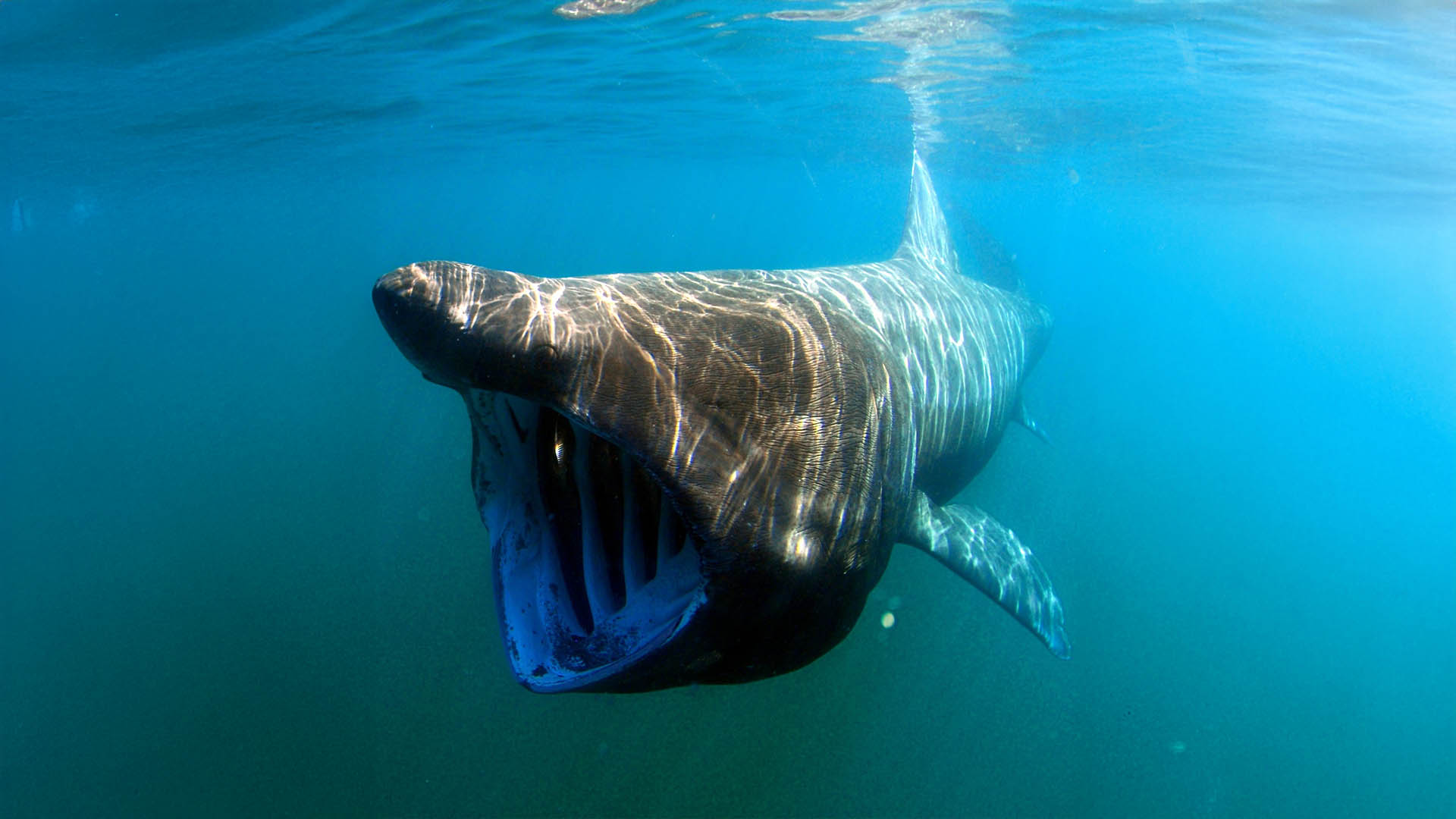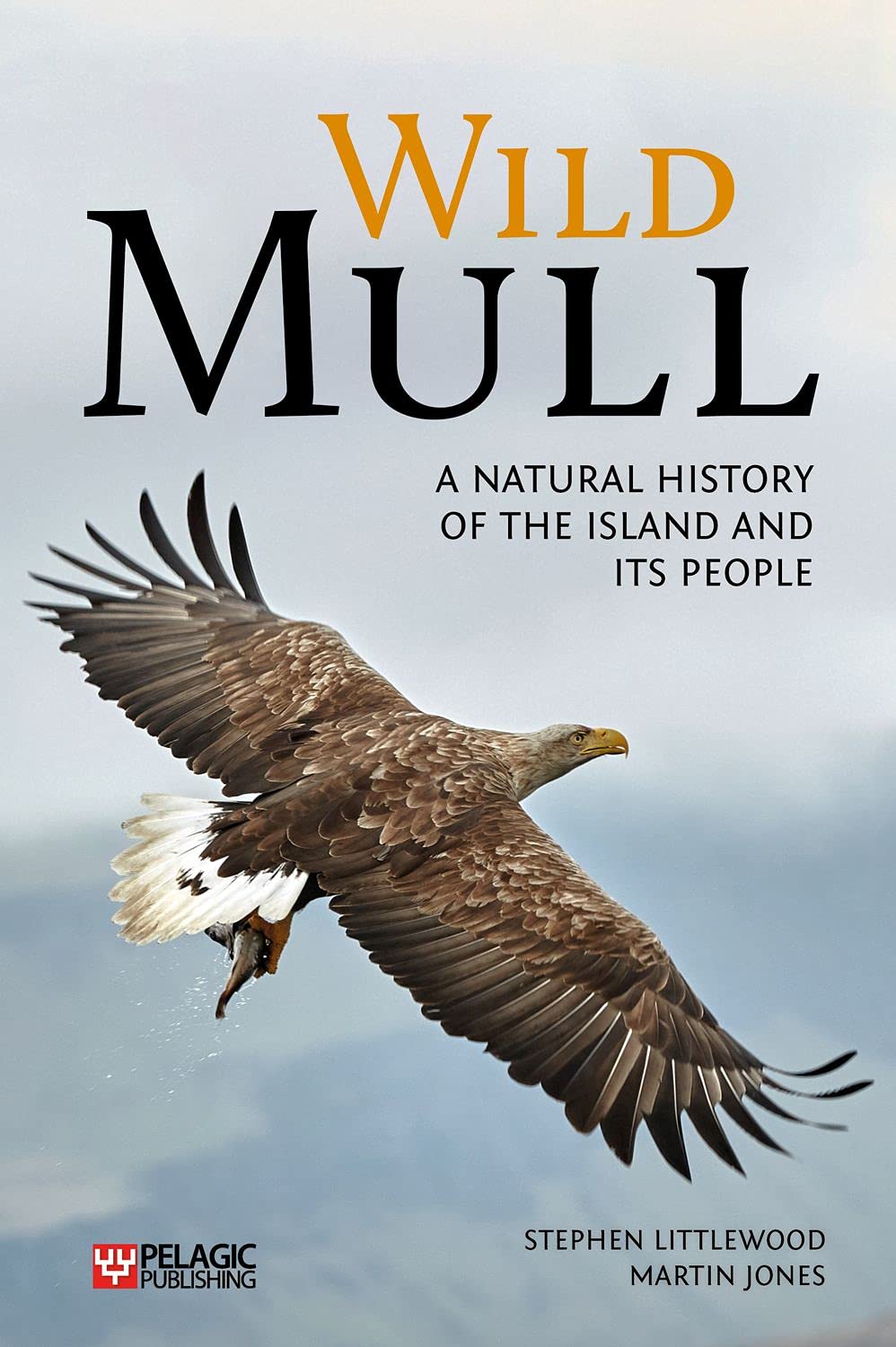Imagine a place where golden eagles soar against dramatic skies, where otters play hide-and-seek in crystal-clear waters, and where whales breach in the distance, their colossal forms silhouetted against the setting sun. This isn’t a dream; it’s the everyday reality on the Isle of Mull, a jewel in Scotland’s Inner Hebrides, and a veritable paradise for wildlife enthusiasts.
Mull isn’t just a picturesque island; it’s a vibrant ecosystem, teeming with a breathtaking diversity of creatures that call this rugged and beautiful landscape home. From the smallest shrew to the largest marine mammal, every turn on Mull offers the potential for an unforgettable encounter with nature.

Kings of the Sky: Raptors and Roosting Birds
No visit to Mull is complete without craning your neck skyward. The island is renowned as one of the best places in the UK to spot majestic birds of prey. The undisputed monarch of these skies is the Golden Eagle. With their impressive wingspan and powerful flight, spotting a Golden Eagle circling above a remote glen or perched regally on a craggy outcrop is a truly awe-inspiring experience. Their smaller, but equally captivating, cousin, the White-tailed Sea Eagle (also known as the Sea Eagle or Mull Eagle), has made a remarkable comeback on the island. These magnificent birds, Europe’s largest bird of prey, are often seen soaring over the coastline, their bright white tail a striking contrast against their dark plumage. Keep an eye out for their enormous nests, often visible high up in prominent trees.
Beyond the eagles, Mull’s skies are alive with other raptors. You might spot a swift Peregrine Falcon darting through the air, or a graceful Buzzard circling effortlessly on thermals. Hen Harriers, with their distinctive “sky-dancing” courtship rituals, can be seen quartering over moorland. Even the elusive Short-eared Owl might make an appearance, particularly at dawn or dusk, as it hunts over open ground.
And it’s not just raptors. The island’s diverse habitats support a wealth of other birdlife. From the vibrant splash of colour provided by a Kingfisher along a freshwater stream to the evocative cry of a Curlew echoing across the moor, every sound and sight contributes to Mull’s avian symphony. Coastal areas are rich with Shags, Cormorants, Guillemots, and Razorbills, while the ever-present call of the Oystercatcher is a quintessential soundtrack to any Mull adventure. In the right season, the charismatic Puffin, with its colourful beak, can be found nesting on offshore islands like Staffa and the Treshnish Isles, popular boat trips from Mull.

Masters of the Coast: Otters and Seals
The rugged coastline of Mull is a haven for marine mammals, and arguably the most enchanting resident is the Otter. These shy, playful creatures are a joy to behold as they hunt for fish, groom their sleek fur, or even just frolic in the waves. While they can be elusive, patience and a keen eye (and perhaps a pair of binoculars!) will often reward you with a sighting. Look for them in quiet coves, around seaweed-strewn rocks, and near freshwater outflows. The best time to spot them is usually around dawn or dusk, or at low tide when their favoured hunting grounds are more accessible.
Sharing the coastal waters are two species of seals: the Common Seal (or Harbour Seal) and the Grey Seal. Common Seals are often seen hauled out on rocky skerries, their heads bobbing in the water, or resting on exposed sandbanks. Grey Seals, the larger of the two, are more prevalent in some areas and can be identified by their longer “roman” nose. Both are curious creatures and will often pop their heads up to observe passing boats or walkers.

Giants of the Deep: Whales, Dolphins, and Porpoises
Mull’s waters are part of the rich Hebridean Sea, an area renowned for its diverse marine life, including spectacular cetaceans. Boat trips from Mull offer incredible opportunities to venture further offshore and witness these magnificent creatures in their natural habitat.
The most commonly sighted whale is the Minke Whale. These baleen whales, though smaller than some of their colossal cousins, are impressive hunters, often seen feeding on shoals of fish. Keep an eye out for their distinctive dorsal fin breaking the surface and their characteristic “blow” as they exhale. If you’re lucky, you might even witness a Minke Whale breaching, a truly unforgettable spectacle as their entire body launches out of the water.
Dolphins are frequent visitors to Mull’s waters, with Common Dolphins, Bottlenose Dolphins, and even Risso’s Dolphins occasionally making an appearance. Their playful antics, often seen leaping and riding the bow waves of boats, are a highlight of any marine wildlife tour. The smaller Harbour Porpoise is also a resident, though they tend to be more shy and elusive than dolphins.
Less common, but certainly possible, are sightings of larger whales such as Orcas (Killer Whales), particularly during spring and autumn when they follow migrating salmon. There have even been rare sightings of Humpback Whales and Basking Sharks, the latter being the second-largest fish in the world, often seen filter-feeding on plankton near the surface in warmer months.

Land Dwellers: Red Deer, Pine Martens, and More
While the focus on Mull is often on its birdlife and marine mammals, the island’s terrestrial habitats are also home to fascinating creatures. The largest land mammal on Mull is the majestic Red Deer. You’ll often see herds grazing on hillsides, their antlers proudly displayed, particularly during the autumn rut when the air is filled with their roaring calls.
More elusive, but equally captivating, is the Pine Marten. These beautiful, cat-like mustelids with their rich brown fur and distinctive cream “bib” are primarily nocturnal, making sightings rare but incredibly rewarding. Look for them around woodland edges or near old stone walls. Keep an eye out for their scat (droppings) which often contains berries and can be a good indicator of their presence.
Other land mammals include the nimble Roe Deer, often seen in smaller groups in woodlands and at the edge of fields. The shy Mountain Hare can be spotted on higher ground, particularly during winter when its coat turns white, providing perfect camouflage against the snow. And of course, the ubiquitous Rabbit and Brown Hare are common sights across the island.

Planning Your Wildlife Adventure
To maximise your chances of wildlife encounters, consider these tips:
- Patience is Key: Wildlife watching requires time and patience. Don’t rush, and be prepared to wait and observe.
- Binoculars and Camera: Essential tools for any wildlife enthusiast. A good pair of binoculars will bring distant animals closer, and a decent camera will help you capture those special moments.
- Local Guides and Boat Trips: Knowledgeable local guides can significantly enhance your chances of spotting specific species and provide invaluable insights into the island’s ecology. Numerous boat trips depart from Mull, offering dedicated wildlife excursions.
- Respect Wildlife: Always maintain a respectful distance, avoid disturbing animals, and never leave any litter. Follow the Scottish Outdoor Access Code.
- Time of Year: While Mull is fantastic year-round, certain seasons offer unique opportunities. Spring and early summer are great for breeding birds, while autumn is best for the deer rut. Marine life sightings can vary throughout the year.
The Isle of Mull truly is a wild wonderland, a place where nature reigns supreme and every day offers the potential for an unforgettable encounter. So pack your binoculars, put on your walking boots, and prepare to be captivated by the incredible wildlife that awaits you on this enchanting Scottish isle. Your wild adventure starts here!
This book guides the reader through that world. With superb illustrations and illuminating text, we are led to the wild side of Mull. Every facet of the island’s natural history is considered, its diverse species and many stories – past, present and future. Along the way we are reminded that wildness is not somehow separate from the human world but influenced, and shared, by nature and people together.


